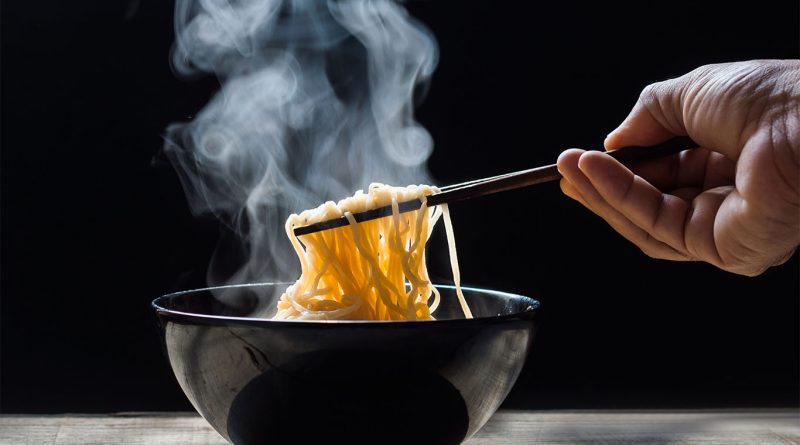The Indo-Chinese Fusion Making Waves in the US Dining Scene
Indo-Chinese cuisine, a gastronomic symphony of Indian and Chinese flavors, is making a significant splash in the United States. Originating from the bustling streets of Kolkata, this fusion cuisine has transcended geographical boundaries to become a beloved feature in many American restaurants. It’s a story of flavors that traveled across oceans, finding a new home and a new audience.
Historical Roots and Evolution
The tale of Indo-Chinese cuisine begins in the 19th century, with the arrival of Chinese migrants in Kolkata, the then-capital of British India. These immigrants brought their culinary traditions, which gradually intermingled with the local Indian spices and cooking practices. The cuisine that emerged was neither wholly Chinese nor entirely Indian but a delightful hybrid that combined the best of both worlds.
At the heart of Indo-Chinese cuisine lies a fusion of ingredients and techniques. It’s where soy sauce meets cumin, and vinegar dances with turmeric. Popular dishes like Gobi Manchurian – deep-fried cauliflower florets in a tangy sauce – and spicy Hakka Noodles epitomize this cuisine’s essence. These dishes showcase the harmonious balance of the bold spices of India with the subtle nuances of Chinese cooking methods.
Cultural Integration: From Kolkata to California
This fusion food began its international journey as Indian immigrants took their culinary heritage to foreign lands. In the US, Indo-Chinese cuisine found a warm reception, particularly in areas with a significant Indian-American population. Restaurants, from upscale dining to cozy eateries, started incorporating these dishes, catering to the nostalgia of immigrants and the curiosity of American food lovers. Dishes like cauliflower manchurian and chilli chicken have now become mainstays in many American-Indian and Nepali restaurants.
Contemporary Scene and Future Trends
Today, Indo-Chinese cuisine in the US is not just a relic of immigrant food culture but a dynamic culinary genre that continuously evolves. Chefs are experimenting with local ingredients and modern techniques, giving traditional recipes a contemporary twist. The cuisine’s adaptability and appeal point towards a future where it could become a staple in the global culinary scene, blending more flavors and creating new dining experiences.
Indo-Chinese cuisine’s journey from the lanes of Kolkata to the high streets of American cities is a testament to the power of culinary fusion. It reflects an ever-evolving global palate and the delightful outcomes of cultural intermingling. As this cuisine continues to gain popularity, it stands as a vibrant example of culinary diversity and innovation.
